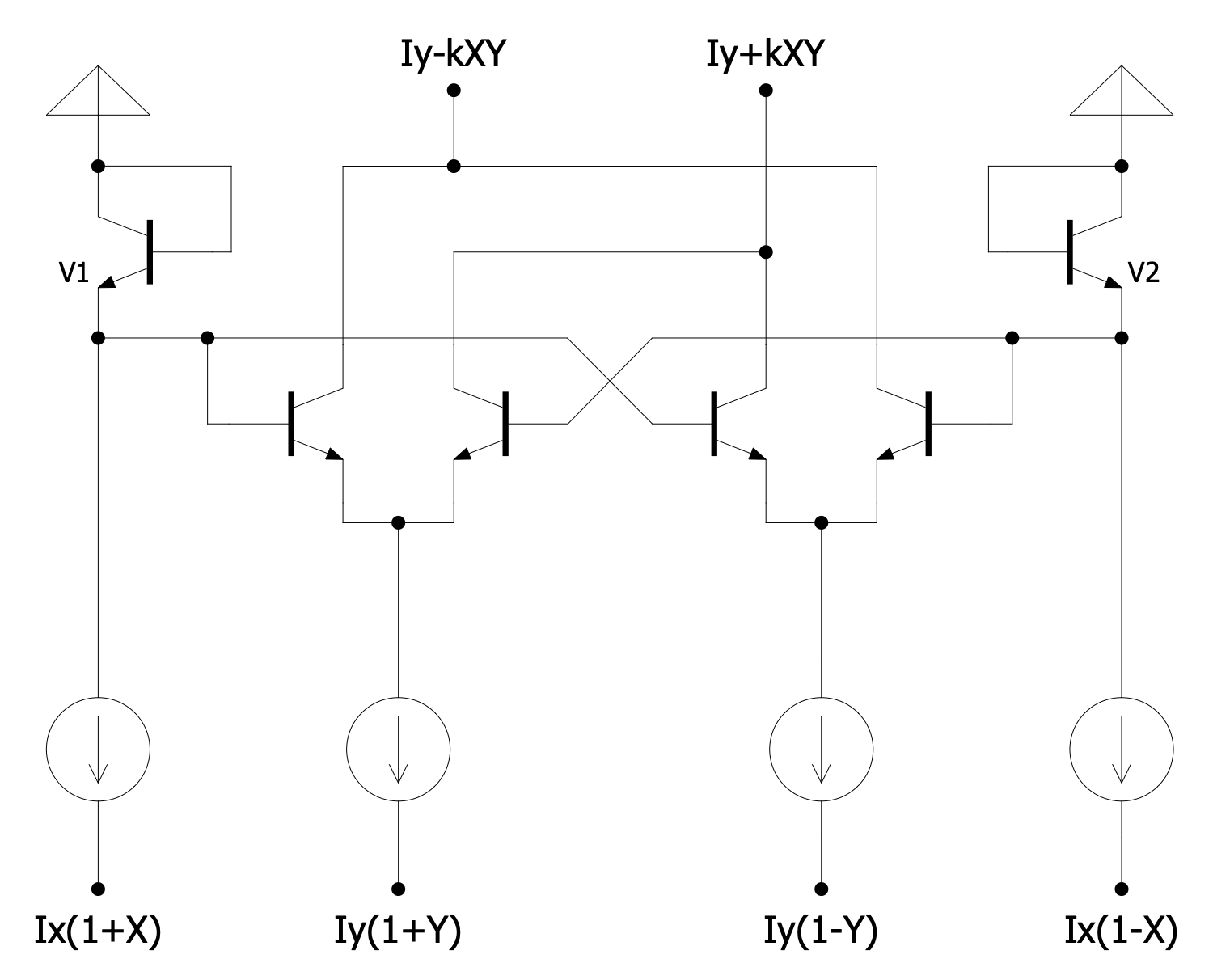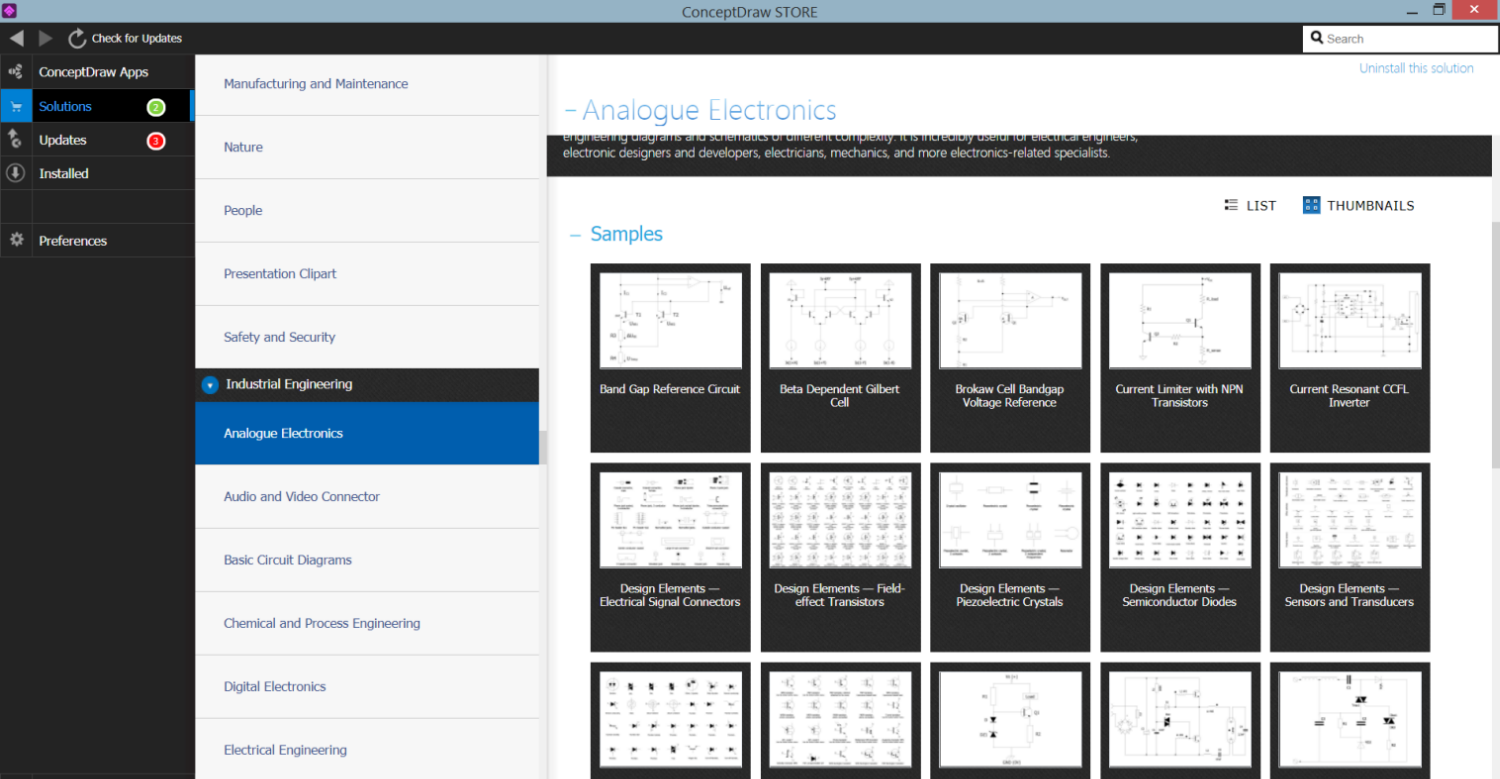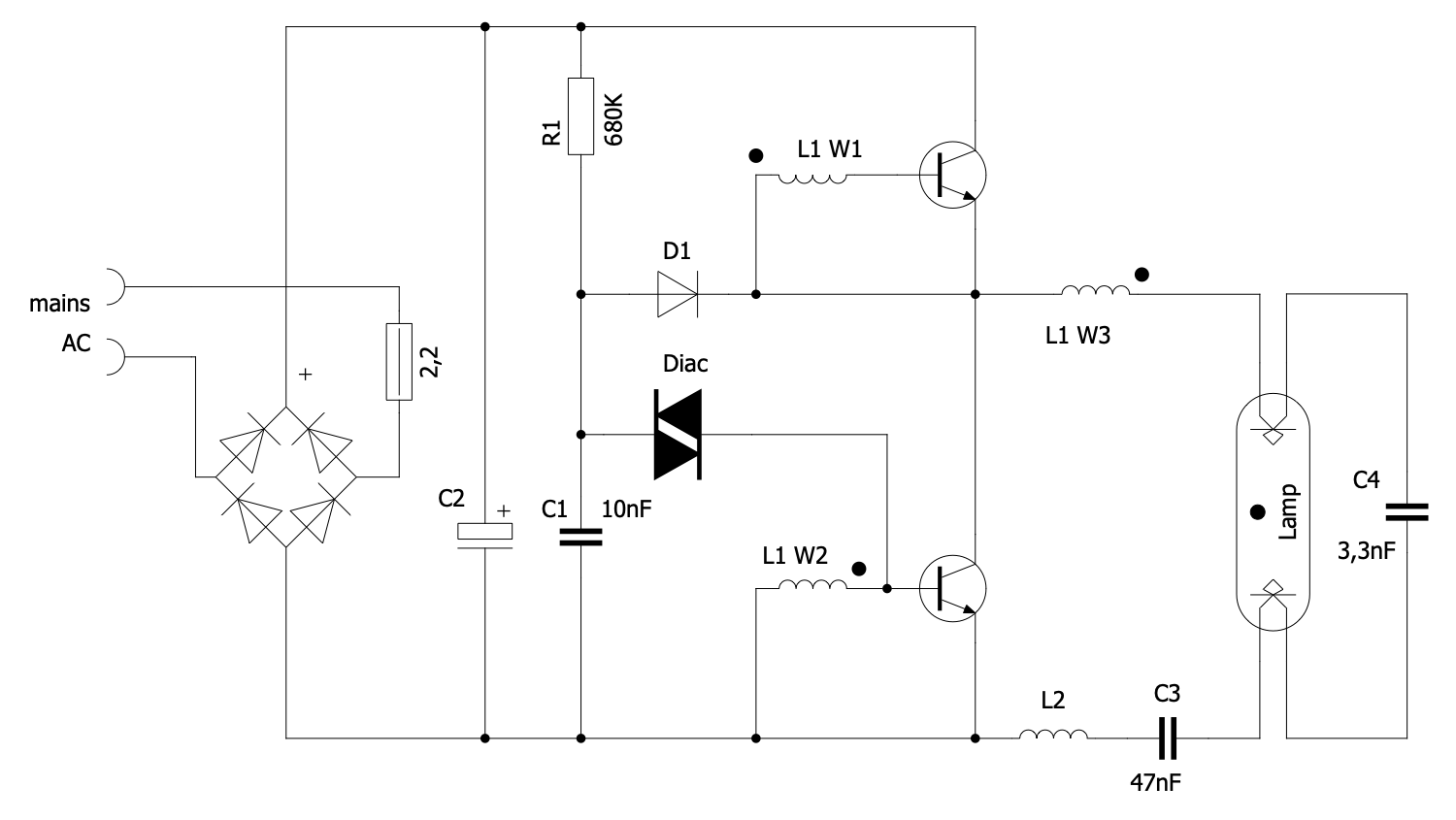Analog Electronic Circuits
Our world is analog in its nature because analog includes all real and continuous. The smells, sounds of nature, musical instruments or birds, tones, colors on the paintings, lighting, and temperature are analog signals. All these signals are received as analog by human sense organs, and further, the information is processed in the brain.
Analog electronics is a branch of electronics related to real and continuously variable analog signals. These devices transform the information into electric pulses of varying amplitude. Analog electronics include analog devices and circuits, radio and audio equipment, landline telephones, analog voltmeters, ammeters and wattmeters, thermostats, loudspeakers, audio amplifiers, ambulance sirens, telautographs, sensors. The devices, which take analog signals at the entrance and convert them into digital signals for further storage and processing also belong to analog electronics.
Analog signals use the properties of the medium to convey information. An analog signal is time-varying and takes values in a certain range. Each value corresponds to certain information and the change of signal leads to a change of value on analog equipment.
Analog electronic circuits show a combination of various electronic components like resistors, operational amplifiers, capacitors, diodes, transistors, inductors, and many other analog components and their interconnections. The simple analog circuits include a small number of devices, even only two resistors may be included. In turn, the complex schematics may include a large number of basic electronic components in various combinations. Usually, complex circuits are hard to design. High accuracy is necessary because complex analog circuits perform a lot of actions, they can attenuate, amplify, isolate, modify, distort the signals, and even convert them into digital signals.

Example 1. Analog Electronic Circuits
Analog components are durable and have great characteristics, but are susceptible to undesired variations in voltage, thermal vibrations, and random disturbances called noise. All variations and disturbances are significant for an analog signal because being transmitted over long distances these variations lead to signal degradation. Even insignificant changes in an analog signal can cause significant errors when being processed.
One differs two types of analog circuits: passive and active. The main difference is that passive analog circuits don’t consume any electrical power. The passive electronic components of analog circuits are resistors, inductors, capacitors, and memristors. Active components are diodes, transistors, and amplifiers.
Example 2. Analog Electronics Solution in ConceptDraw STORE
ConceptDraw DIAGRAM software and ConceptDraw STORE provide the Analog Electronics solution with powerful drawing tools and 7 libraries with a collection of special symbols and pictograms:
- Design Elements — Electrical Signal Connectors
- Design Elements — Field Effect Transistors
- Design Elements — Piezoelectric Crystals
- Design Elements — Semiconductor Diodes
- Design Elements — Sensors and Transducers
- Design Elements — Thyristors Diacs Triacs
- Design Elements — Transistors
Use these vector elements to simplify your design work and create Analog Electronics circuits, schematics, and diagrams in a few minutes and without any effort.
Example 3. Analog Electronic Circuits - Fluorescent Lamp Inverter
The Analog Electronics samples you see on this page were created in ConceptDraw DIAGRAM software using the drawing tools of the Analog Electronics Solution. These examples successfully demonstrate the solution's capabilities and professional results you can achieve using it. An experienced user spent 10-15 minutes creating each of these samples.
Use the drawing tools of the Analog Electronics solution to design your own Analog Electronics Infographics quick, easy, and effective.
All source documents are vector graphic documents. They are available for reviewing, modifying, or converting to a variety of formats (PDF file, MS PowerPoint, MS Visio, and many other graphic formats) from the ConceptDraw STORE. The Analog Electronics Solution is available for ConceptDraw DIAGRAM users.

